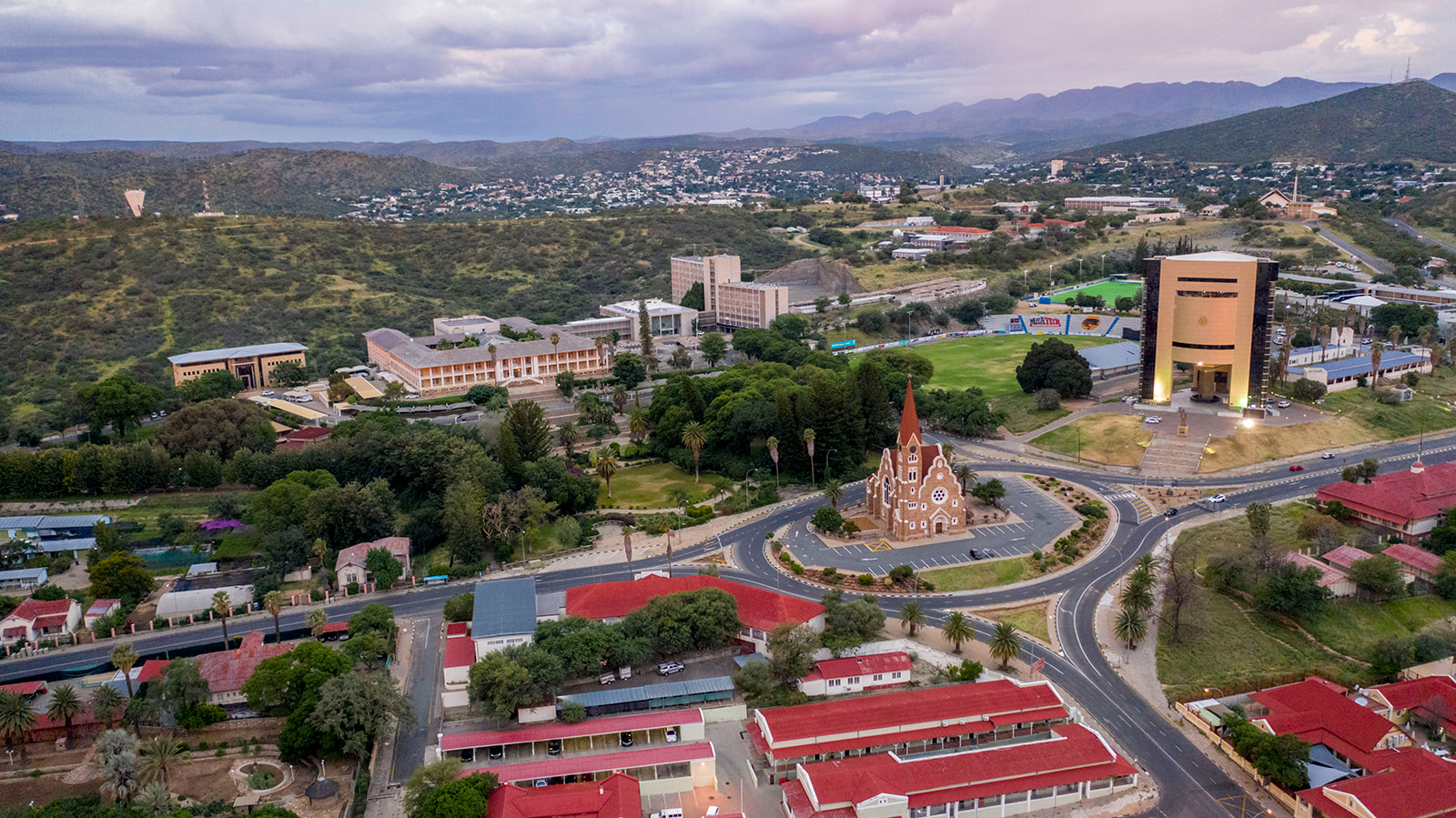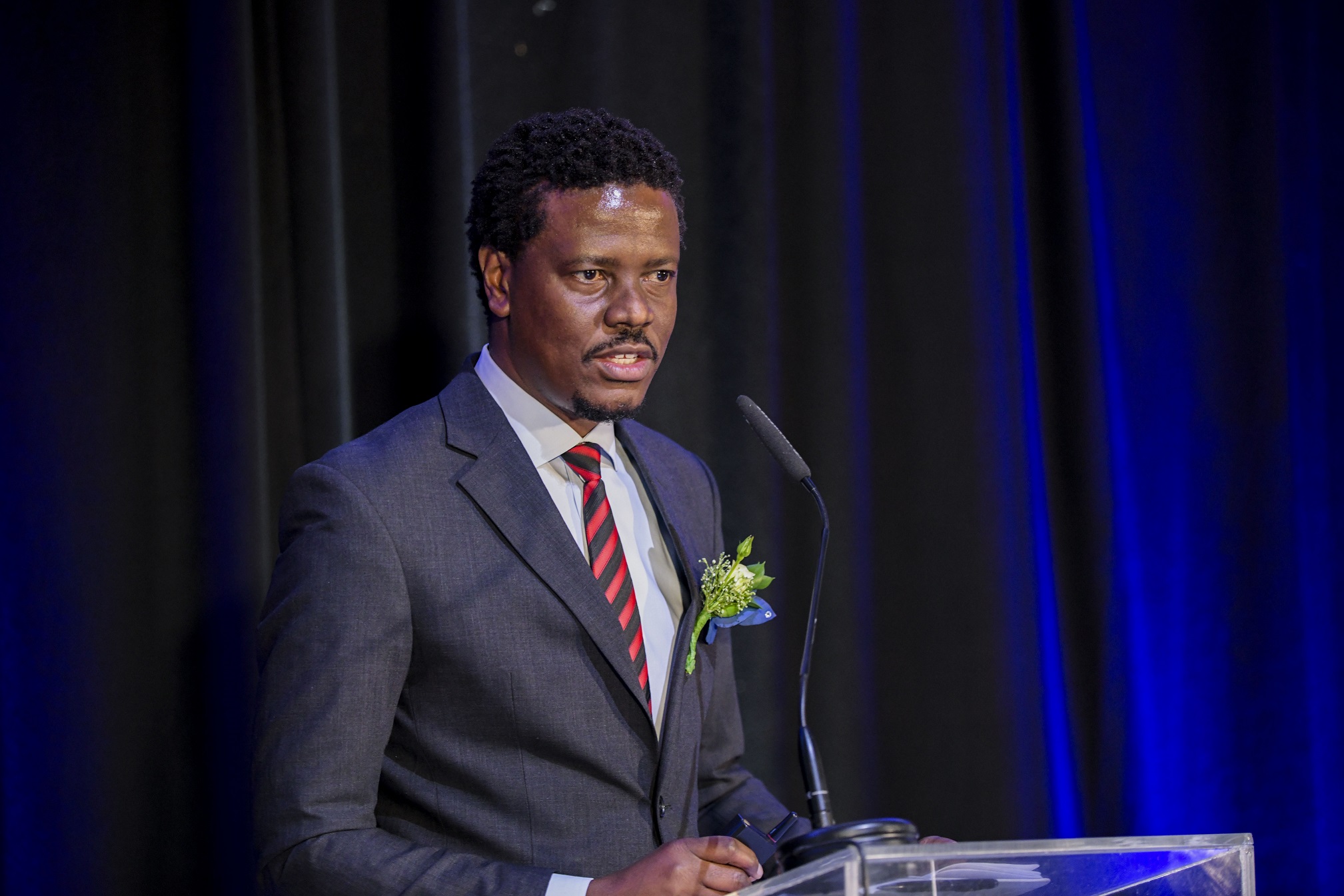Windhoek’s Central Business District Embraces Mixed Land Uses development for a Thriving Future

As the sun rises over Windhoek, the capital city of Namibia, a quiet revolution is taking place within its cityscape. The once-predictable zoning patterns are giving way to a new era of urban planning, one that embraces the concept of mixed land uses development. With its diverse communities, rich culture, and vision for a sustainable future, Windhoek is poised to become a shining example of how integrated neighborhoods can shape a thriving and vibrant city.
Historical Significance
To understand the significance of Windhoek’s urban renaissance, we must first acknowledge its historical context. Established during German colonial rule in the late 19th century, Windhoek grew as a trade center, attracting a diverse population and serving as a nexus for economic activity. However, over time, urban sprawl and a segregated land use pattern hindered the city’s growth potential.
Embracing Mixed Land Use Development
In the realm of urban planning, the concept of mixed land use development has gained significant recognition globally. Cities worldwide are embracing the idea of integrating various land uses within a single area to create vibrant, sustainable, and livable communities. Windhoek’s CBD, is no exception. This innovative approach involves blending residential, commercial, and recreational spaces, breaking down the barriers that traditionally separated these areas. By encouraging a harmonious coexistence of activities, Windhoek is experiencing a renaissance that promises to enhance the lives of its residents and shape a more prosperous future.
The Windhoek CBD exemplifies this approach, with former industrial areas transforming into vibrant live-work-play districts. Aesthetic four or more-story buildings, such as Avani, Hilton Windhoek, and 77 on Independence, cater for apartments and hotel rooms, while ground floors of buildings accommodate cafes, boutiques, and restaurants. This fusion of activities not only breathes new life into once-desolate areas but also attracts a diverse demographic, creating a dynamic social fabric. Furthermore, the integration of retail and entertainment establishments ensures a steady flow of foot traffic throughout the day, enhancing the business potential of the area.
Revitalized Public Spaces and Sustainability
The CBD now boasts beautifully landscaped parks, pedestrian-friendly avenues, and vibrant squares. These carefully designed spaces serve as meeting points for residents, workers, and visitors alike, fostering a sense of community and encouraging social interaction. By integrating public spaces like the Zoo Park, the CBD not only supports the growth of local businesses and bolsters the city’s cultural identity. Windhoek’s CBD is also at the forefront of embracing innovative and sustainable practices. Rooftop gardens, such as Nedbank’s Green Building, solar panels, and rainwater harvesting systems are becoming increasingly common, setting an example for sustainable urban development.
Social Integration and Cultural Flourishing
Mixed land uses have not only transformed the physical landscape of Windhoek’s CBD but also fostered social integration and cultural exchange. The coexistence of residential, commercial, and cultural spaces allows for diverse populations to interact, creating a rich tapestry of experiences. Residents now enjoy the convenience of living in proximity to their workplaces and cultural amenities, forging stronger connections with their surroundings and each other. Residents no longer have to endure long commutes, and the area becomes more vibrant even after office hours. The presence of residential buildings has increased safety and security, as a bustling community ensures more eyes on the streets at all times.
The vibrant arts scene in the CBD has been invigorated by this urban renaissance. Art galleries, theaters along Robert Mugabe Avenue (National Art Gallery of Namibia, Franco-Namibian Cultural Centre Gallery, Christuskirche, Genocide Memorial, National Museum of Namibia) and performance spaces have found a home within the revitalized district, attracting both local talent and international artists. The infusion of creativity has breathed new life into the city’s cultural offerings, enticing residents and visitors alike to explore the CBD’s vibrant tapestry of artistic expression.
Need for Mixed use development into Windhoek Town Planning Scheme
While the concept of mixed land uses has been embraced and is bringing life to the city, it should be noted that there is currently no designated mixed land use zone in place within the Windhoek Town Planning Scheme. However, despite the absence of an official mixed land use zone, Windhoek’s CBD has witnessed a remarkable transformation through the implementation of mixed-use developments. These developments have been instrumental in revitalizing the city, creating a vibrant and dynamic environment that fosters integration and innovation. As the CBD continues to thrive through mixed use developments, it becomes evident that incorporating such initiatives into the official planning framework would further enhance the city’s growth potential and create a more sustainable and inclusive urban fabric.
Conclusion
The transformation of Windhoek’s Central Business District into a mixed-use urban hub is a testament to the city’s commitment to progressive and inclusive urban planning. The holistic approach not only enhances the city’s economic prospects but also enriches the lives of its residents. The integration of commercial, residential, and recreational spaces creates a thriving urban ecosystem that fosters community engagement, improves well-being, and drives sustainable growth.
As Windhoek continues to evolve, this innovative development strategy will serve as a blueprint for other cities looking to create a thriving future for their central business districts. It is evident that embracing mixed land use is not just a zoning strategy but it is an investment in the well-being, prosperity, and resilience of Windhoek and its residents.







